Strategies for a Better Hiring Decision
Hiring and interview bias is a common problem in the human resources field. It can happen to anyone, but it’s essential to be aware of interview bias, so you don’t limit yourself when hiring your next employee. In this article, we’ll discuss what interview bias is, how to identify it, and some tips for eliminating interview bias from the hiring process.
What is Interviewer Bias?
Interviewer bias is a type of unconscious bias that clouds your ability to evaluate applicants objectively. It can lead to having an overly positive or negative image of candidates based on factors, such as religion or gender, that are not directly related to the skills and abilities needed in the position.
Interviewer biases come from anywhere – family background, race, gender identity- but subconsciously impact your decision-making during interviews. This type of unconscious discrimination poses serious consequences if not addressed properly: managers might overlook qualified applicants who don’t fit into stereotyped descriptions; lower-performing employees could receive preferential treatment over better ones; diversity may suffer as a result (via decreased representation).
Bias can leak into our hiring process at any point. To keep it from taking root, we need to be vigilant and implement a few strategies for preventing bias during the selection process. Fortunately, there are ways to help avoid unconscious bias.
Here are some simple strategies to help eliminate bias in the hiring process.
1) Check yourself.
Self-awareness is the first step to eliminating unconscious bias. Seeking to understand where those biases come from is a great practice to help keep them in check. Questioning decisions and taking detailed notes to make the process more transparent will keep you on track with what’s best for everyone involved. Keep in mind that there are many types of bias, which can be challenging to identify or eliminate without some formal structure.
2) Check the job description.
The importance of defining the position and necessary skills that are needed is crucial to reduce bias in interviewing. If you’re clear, this will help you attract a larger range of diverse talent while also making sure your interview process remains fair and unbiased.
Once the performance objectives and skills are clearly outlined, take some time to review the language used to describe the job position. Research shows that even subtle word choices impact the applicant pool, particularly those that are stereotypically gendered. For example, words like “competitive” and “determined” tend to be off-putting to female applicants. Software tools like Gender Decoder and Textio can help identify and suggest more inclusive language.
3) Review resumes and applications in the blind.
A blind, systematic process of reviewing applications and resumes will help improve the chances of including the most relevant candidates in the interview pool and may even uncover some hidden gems. Using software programs for this “blind” reviewing process automates and systematizes the process and can help to cut down on some of the administrative tasks associated with pre-screening.
4) Structure your interviews.
The Interview Dive tool is created specifically to streamline this task. Using a structured interview script to standardize your interviews minimizes bias by allowing hiring managers to focus on the elements that directly impact the job role and ensures that each candidate has an equitable experience. This leaves little room for subjectivity and allows you to compare applicants easily based on
objective criteria.
5) Document every interaction.
Take detailed, structured notes during interviews and phone screenings. This organization will allow you to easily compare them afterward.
6) Score likeability.
If likeability and first impressions are essential to the role, quantify it as an attribute by giving it a score to avoid “affinity bias” – a bias towards natural chemistry or common interests. By rating likeability, as you would other skills in the interview, you are able to place parameters that help control unconscious bias.
7) Consider panel interviews.
A hiring panel offers a great way to ensure objectivity and fairness. You can balance workloads by having one group of people prescreening applications and resumes while another group is handling interviews, as well as have multiple people assessing the candidate in the interview process.
Each interviewer should have set questions that relate to their expertise and job requirements, which will allow them the opportunity for multiple perspectives on one person’s qualifications. Make sure to allow time for each person on your hiring committee to assess the candidate privately and then come together afterward to share feedback.
8) Use valid pre-employment assessments.
Ask your candidates to complete assessments that are used to pre-screen candidates against personality fit, job skills, or cognitive abilities. There are a few on the market considered to be both valid and valid in hiring. At Deep End Talent Strategies, we strongly prefer The Predictive Index. PI will score candidates against behavioral and cognitive targets specific to a particular job. This eliminates bias in the hiring process and correlated to better fit from day one.
Bias is an unconscious attitude or disposition that skews judgment in favor of one thing over another. It’s a natural human trait, and it can happen to anyone regardless of our best intentions in the hiring process. But, if you want to hire people who will be effective and happy in their roles at your organization, you must make sure not to fall prey to bias when interviewing candidates for positions within your team. Implementing these strategies will provide you with the structure you need to ensure unconscious bias doesn’t wreck your interview process.

